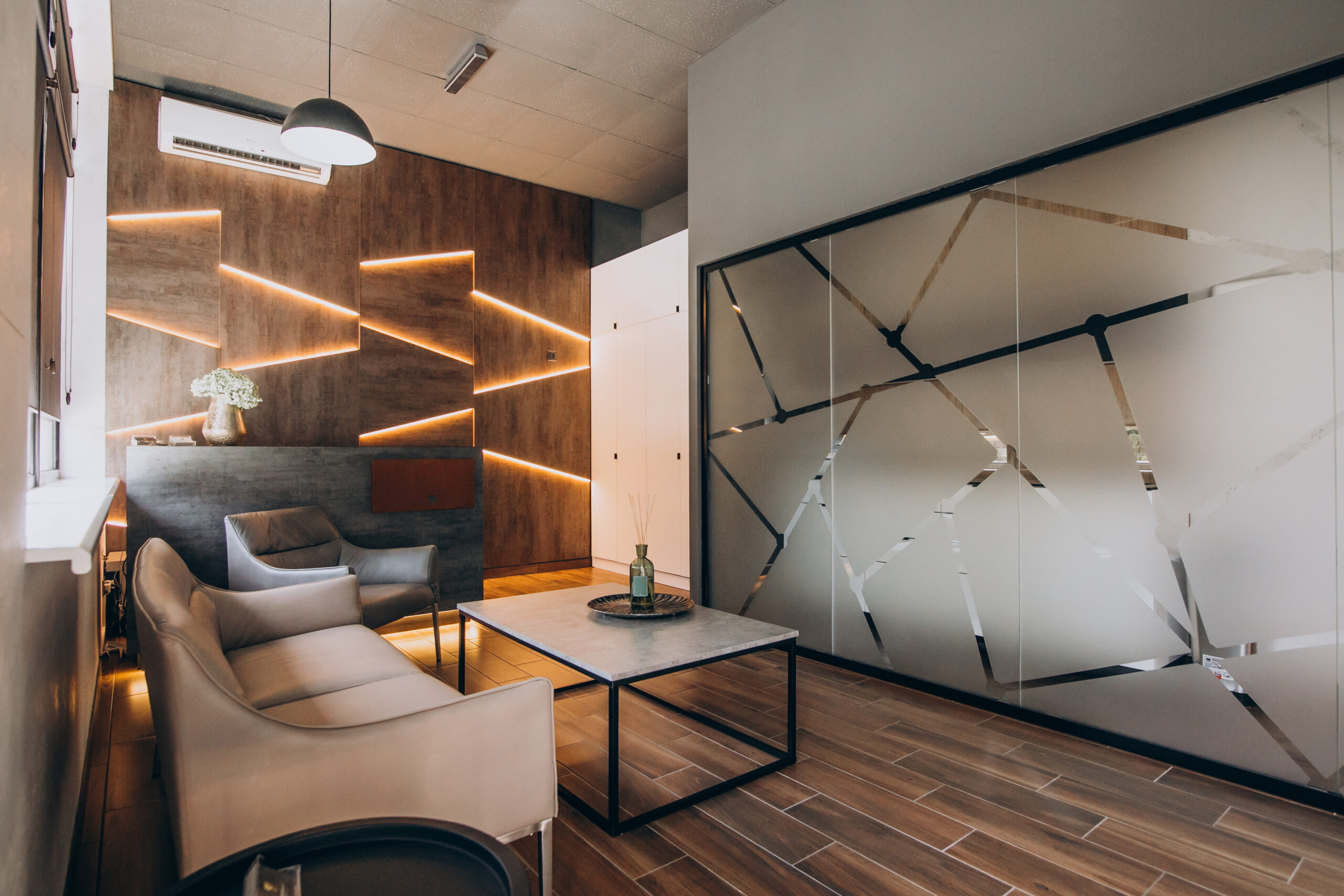As Designers of Corporate Interiors, we are responsible for creating spaces that increase efficiency and help improve productivity. Singh Furncraft must know all the responsibilities within the Client’s organization. However, Singh Furncraft should also understand the people who fulfill these obligations.
Someone who does itemize, specialized work, for example, would need a calm, organized space in which they can concentrate on what is essential. This sounds like the ideal job for self-observers. However, someone involved in deals or showcasing might, in all likelihood, find dynamic spaces that allow for lots of collaboration. This sounds like an ideal situation for someone outgoing.
The “community open office” model is an example. While creating office conditions can increase cooperation and benefit outgoing activities, it can also be incredibly counterproductive to thoughtful laborers.
No matter if your work requires collaboration or a center, the acoustics are important. Openwork areas can be noisy and distracting. Openwork successful spaces use sound masking strategies and porous materials like acoustic boards and rugs to reduce clamor.
Also, quiet office conditions can help private conversations and reduce resonance. Protecting dividers, roofs, and mechanical ducting should make this possible. Also, it is essential to determine porous materials such as acoustic roofing, rug or plug flooring, and upholstered seating.
The Interior Designers play a vital role in the success of any organization by planning spaces that allow representatives to be influential. Singh Furncraft agrees that reviewing how we can preserve contemplative laborers’ spatial and practical needs is essential. However, Singh Furncraft believes there is power in a group that can work together and communicate effectively. Our representatives can choose the best zone for their assignments, which considers both outgoing and withdrawn activities.

